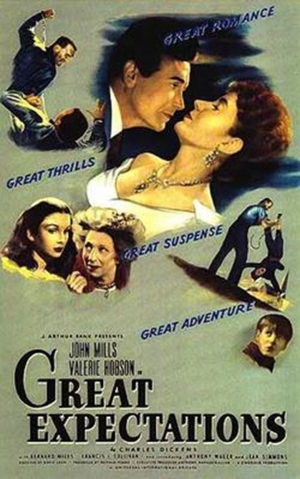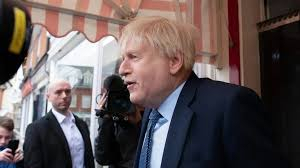
Frugality and austerity trump creativity: the top 25 global TV series in 2023
Dennis Broe reviews this year's TV series from around the world. Above image: Kenneth Branagh as Boris Johnson’s Churchill without the statesmanship
American TV series, which had led the world in both number, length and amount of episodes, were severely cut back this year in light of a general retrenchment in the industry, a trend that will continue next year. Expect shorter series, fewer episodes and faster pulling of the plug so that the landscape begins to look more like frugal, budget-conscious series from around the world.
Of my Top 25 series this year, though many are “limited” series, many others have either been cancelled or have ended prematurely. Only 6 series are returning. First to go, of course, are series that are socially relevant. Heading the list of unconscionable cancellations are Alaska Daily, with Hilary Swank as a reporter helping to lay bare the local power structure. Also, oddly, Walker Independence, a Western sequel from the CW that focused more than most not only on frontier prejudice but also the power of the railroads and Eastern capital in the development of the West.
The most egregious cancellation though was Warner Brother Discovery’s decision to refuse to air, after it had already been shot, season four of Snowpiercer, Boon Joon-ho’s nakedly anti-capitalist climate catastrophe series.
Who has time anyway to watch series that deal, even if obliquely, with power relations and social problems amid the plethora of game shows (Let’s Make a Deal, The Price is Right) , reality TV (World’s Funniest Animals, House of Villains), and reruns (Yellowstone) that the producers have foisted on the general public? All because of the writers’ and actors’ strikes but also due to their general cost-cutting, with the hope that some of this bottom-of-the-barrel cheap fare will outlast scripted series due to arrive next year.
A year in which it has been increasingly difficult to find progressive series also featured shows that, for the sake of gimmicky last-minute twists, utterly changed the trajectory of the series, as well as nominally interesting series that because of inane and cliched political assumptions floundered dreadfully.
Greedy producers and studios
Two Irish series fell into these categories. Clean Sweep was, up until its last moment, a suspenseful series which had us sympathizing with a former IRA agent now living a quiet life with the British policewoman pursuing – or rather haunting her – presented as a Les Misérables Javert-type villain. Until the end, when the former spy commits a reprehensible act that utterly reverses our sentiments towards her and validates the cop’s pursuit. A surprise yes, but a psychotic one that attempts to cancel out our understanding of this woman and that represents a failure of nerve on the part of the creators and the network.
Worse than that was Hidden Assets, where a series about an Irish female cop investigating a drug ring seemingly led by a dashing financier. Instead, the story turned into a “terrorist” tale tied to Syrian bloodletting, that utterly misrepresents the role of the West in trying to wreck that country. Yuck! Series with similar failings appear in my 5 worst.
Nevertheless, I have culled 25 worthy series from 10 countries and 5 continents, from the approximately 135 series I watched this year, which proves that creators can survive and thrive even in the challenges and rubble left them by greedy producers and studios.
Top 10 Series

Elizabeth Olson in Love and Death
Love and Death – “I’m just a soul whose intentions are good” goes the Eric Burdon theme in a gospel rendering in this series, with a stunning Elizabeth Olson as a Texas suburban housewife who in the dawning of the Reagan era awakens and wants something more than the dull, drab existence to which she is confined. She chooses to have an affair which releases all kinds of tensions within her and this extremely repressed town, which is Anytown America, then and now. Writer/Director David E Kelly (Big Little Lies, Goliath) is at his most extraordinary in a masterpiece of empathy for a woman craving freedom, carved from the most exploitative of genres, True Crime. The series ends with the word “shhh,” a shushing and directive to maintain this repression. (Prime)
This England – Michael Winterbottom’s expertly rendered account of the British state during COVID is a paean to the British working-class health workers and to the colonial minority and aged victims of despicable policy management. Kenneth Branagh is Boris Johnson, obsessed with Shakespeare and Churchill but utterly blind to the plight of his actual countrymen and women. He illustrates the way, not only during COVID but since, Western leaders are utterly cut off from their constituents. Dominic Cummings (Simon Paisley Day), Johson’s advisor, who had put across Brexit, is full of callousness and contempt for the jewel of the British welfare system, the National Health Service, wanting, as a good neoliberal, to clean house and privatize. The critique in this marvelous mini-series extends far beyond COVID as it figures the greedy malaise that is turning Western voters faster and faster to the far right. Beyond prescient. (Apple TV)
The Good Mothers – This tale follows the efforts of three brave women in the south of Italy, in Calabria, who sometimes forcefully, sometimes reluctantly, take on the male violence and “omerta” or silence of the local mafia, the ’Ndrangheta with sometimes liberatory but often tragic results. Unlike most mafia series which focus on physical violence, this one concentrates on the emotional violence used to maintain this power. When brutal force is invoked though it comes as such a surprise that it drives home the way one underlies the other. Superb series about resisting entrenched male power. (Hulu)

Hilary Swank as lead reporter on a local muckraking paper in Alaska Daily
Alaska Daily – Hilary Swank is excellent as a no-holds barred reporter, dedicated to telling the truth and opposing corruption for which she has been exiled to a local Alaskan daily. One wishes there were even a single Hilary Swank left in the corporate media and her exile illustrates what happens these days to truth tellers. The series main line is about a murdered indigenous woman. Along the way the series also highlights bribery in that state involving its politicians and media to open up protected Alaskan land for mineral exploitation. A series far too good and explicit about actual power relations both in the state and in the media to survive, and indeed it was cancelled after one glorious season. (Prime)
Little Bird/Bones of Crows – Two Canadian series which deal with the same subject matter, the ethnic cleaning that continues to this day of that country of its indigenous population. The first is an intimate portrayal of one woman, wrenched from her family by the Canadian state, as she wakes to her heritage and attempts to surmount the obstacles in her way that maintain this suppression. Her awakening is painful and in one instance at least tragic, but it is presented with painstaking clarity. The second covers a longer history of this forced march of cultural genocide from before World War 2 to the ’60s and in a way fills in the gaps of the first series with Reservation Dog’s Paulina Alexis as the most shipwrecked victim of this systemic abuse. (Prime)
Nordland ’99 – This Danish series set in the not-to-distant past gives us a glimpse of maximal creativity within the new constraints of series austerity. A less than half hour format shot in rural exteriors with its eerie Twin Peaks air of menace created through night-time effects like the swaying of the wind in the forest. Its subject also recalls David Lynch’s masterwork as three teens search for their missing compatriot and uncover a dark adult world that threatens to engulf them, but by remaining true to themselves they survive. Extraordinary work by series creator Kasper Møller Rask. (Mubi)
The Last of Us – This next zombie apocalypse, after The Living Deads, is much meaner with fascists both in the organized government and power structure, as we have today’s Biden neoconservatives, and street fascists outside in the form of Trump-like racist Kansas City vigilantes. The only respite is a socialist community, “a true democracy,” encountered by the battle-hardened warrior leading a young girl who could perhaps save the world. Episode 3, nominated for multiple Emmys, is a self-contained survivalist love story that illustrates the concentration in this series, whose crude source is a digital game, on character at the expense of the infrequent appearances by the genre’s staple, zombies. Only in the last episode does the series veer into a zombie and human kill zone, and succumb to the temptation to return to its gamer origins. (Max)
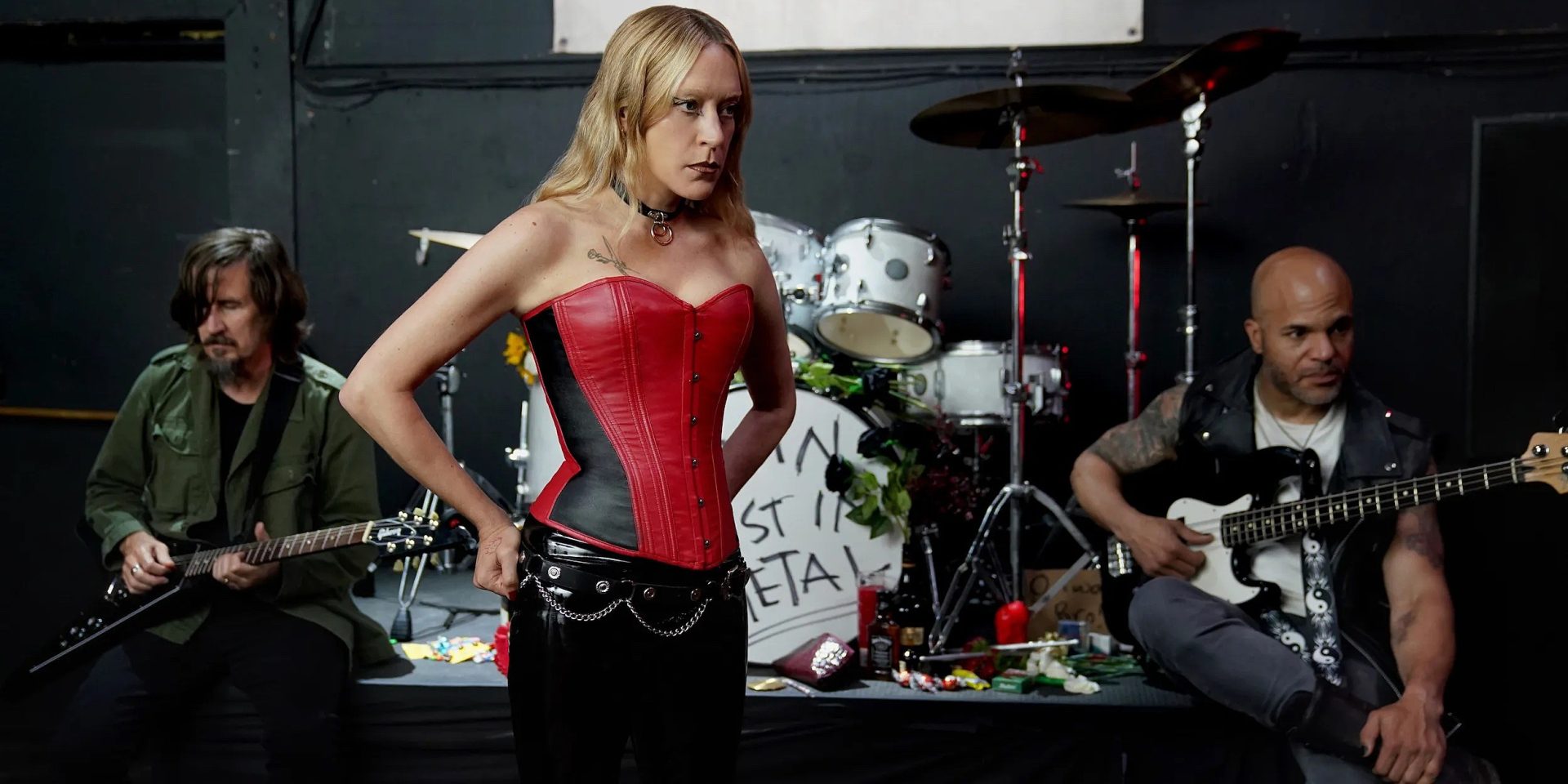
The magnificent Chloe Sevigny in Poker Face
“Rest in Metal,” Episode 4, Poker Face – The rest of this series is a slightly above average remake of Columbo here replaced by Natasha Lyonne’s heavy metal waif in episodes that alternate between being clever and gimmicky as the character Charlie Cale closes in on her quarry. However, Episode 4 rises way above the rest as Chloe Sevigny’s down and out rocker, who will do anything for a return to her glory days, lays bare the emptiness behind the music industry’s star-making and star-breaking machine. Extraordinary work from a peerless actress. (Peacock)
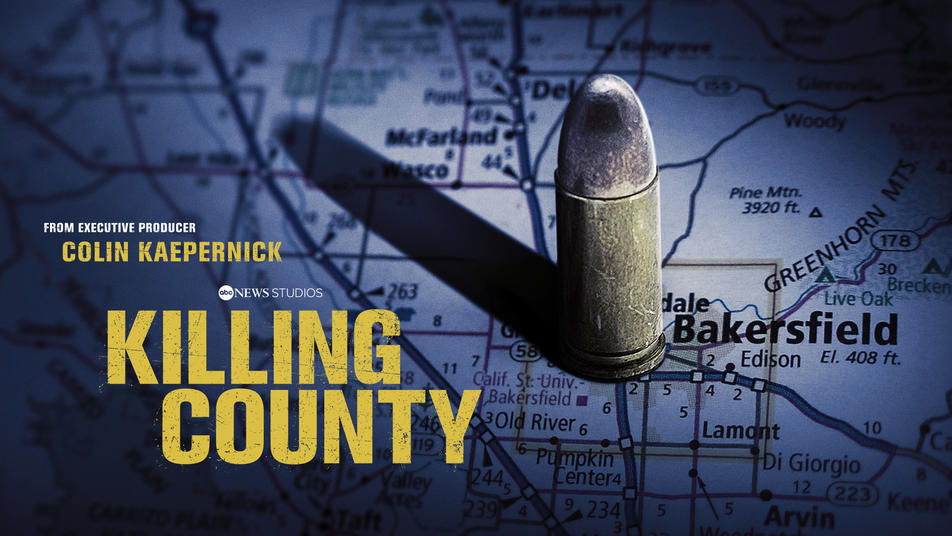
Killing County
Killing County – Blacklisted footballer Colin Kaepernick produced this documentary series about Bakersfield California, where the sheriff and his men kill with impunity and then cover up the murders with their control over the coroners’ office and their presenting the victims as hardened criminals. Utterly different from most “True Crime” reality series which simply and blindly cover up police violence. Here the patrolling and in some cases eliminating of a Mexican population by Caucasian cops is held up to scrutiny instead of lauded. (Hulu)
Thicker Than Water – Netflix French series about racial tensions in French society, as an Algerian TV reporter is promoted to anchor but then must endure the slings and arrows of a racist white power structure in order to maintain her fragile position. Most telling is an early scene where she is told she must straighten her natural curly black hair, and dye it blonde. She conforms and gets in an elevator full of white women with the same blonde streaks, all now ascending the corporate ladder. Nawell Madani as showrunner, writer, and star manages to highlight Algerian sisterhood and contrast it with more cut-throat standard French careerism. (Netflix)
Honorable Mentions
The Curse – This lead threesome is cloying, obnoxious and difficult to watch as the woke neoliberal couple attempts to jump on the indigenous bandwagon to exploit their lands for what amounts to “socially conscious” gentrification. Meanwhile, the filmmaker whose reality series will secure their profits is beset with his own careerist anxieties. Most telling scene of a sometimes-brilliant satire is the couple having masturbatory sex where neither connects with the other and which exemplifies their disconnection to the indigenous world they’re exploiting. (Paramount+)
Woman of the Dead – Austrian series about a female embalmer in a rural hamlet who takes on the local power structure which has colluded to eliminate her husband. She disrupts the attempt to turn the area into a luxurious ski resort in her quest for truth and vengeance against a religious, civic and corporate elite who she exposes and destroys. (Netflix)
Black Snow – Australian cold case murder mystery in Queensland exposing the roots of wealth in a town where slaves from the island nation of Vanuatu were brought to harvest the cane fields. Here the investigation of the past sheds light on the single murder but also on the larger crime of appropriation of an entire people. (Prime)
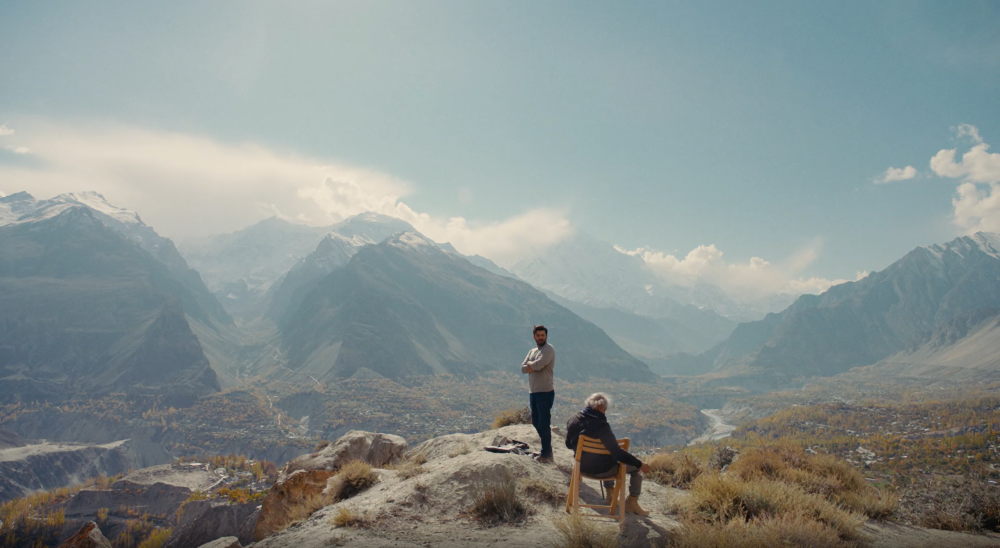
Limboland, the breathtaking beauty of the Karachi Valley
Limboland – Pakistani series set in the gorgeously verdant and breathtakingly mountainous Hunza Valley in Karachi that has an old man, now owner of a luxury hotel, reminiscing about the mistakes he made in putting greed above human relations. This is Succession but entirely critical instead of a laudatory celebration of the Murdoch empire. (YouTube)
Black Santiago Club – From Benin comes this African series about a music club that is a fountain of not only musical but cultural heritage in danger of being displaced by a greedy developer who wants to build condominiums for the rich. The series’ subject is the community organizing to preserve its social treasure. (YouTube)
Never Have I Ever – Fourth and final season has the Indian teen of the title torn between two boyfriends. That tension though is not allowed to supersede her attempts to fulfill her dream of getting into Princeton, the actual focus of the final season in a liberatory way which upsets the usual single-minded romantic focus of the teen genre trajectory. (Netflix)
Bay of Fires – Beyond quirky Australian series about a thoroughly competent female executive exiled to a Tasmanian town of ne’er do wells who may all have a criminal past. Marta Dusseldorp in the title role holds the whole thing together while teaching the disorganized criminals a thing or two about more organized corporate scamming. (Apple TV)
Dark Winds Season 2 – This series, torn from Tony Hillerman’s novels about southwest indigenous, features Zahn McClarnon and Jessica Matten as Indian lawman and deputy pursuing a deadly white racist and more presciently coming to grips with the land holders who hire these types to bury their secrets. (Acorn TV)
Billy the Kid Season 2 – This epic Western began as a recounting of the prejudice the Irish encountered in America, a unique take on the story of the famous gunslinger and bandit. Season 2 is more of the same as Billy fights the Santa Fe Ring, a group of investors who are swallowing up the territory. It’s a unique take by series creator Michael Hurst which like its fellow epic Heaven’s Gate presents the West from a class and outsider perspective, often missing from contemporary Westerns only concerned with vacant mythmaking. Can you say Yellowstone? (MGM+)

Scrublands' murderous priest, who exposes the town
Scrublands – Four-part Aussie mini-series with a reporter exiled to a remote backwater town to investigate the aftermath of a mass shooting by the town’s pastor. What he uncovers instead of illuminating the priest’s psychopathy sheds light on the corruption of the town’s “upright” citizens and the landholding power behind them. Well executed exposé. (BBC iplayer)
Walker Independence – Who knew that a prequel whose original was a reactionary Chuck Norris series would instead be a questioning of not only the racism of this Western town but also the collusion of Western landholding wealth with Eastern railroad expansionists. Doesn’t lose focus on these power relations and for that reason met its fate of early cancellation. (Apple TV+)
Don’t Leave Me – Employs the trope of female detective returning to her home city of in this case Venice from Rome, and here obsessed with uncovering a ring of traffickers of young boys. Though not as compelling as the Icelandic series Valhalla, the detective’s focus on saving these boys and two late reveals which suggest wider corruption lead to a satisfying conclusion. (Prime)
Neon – Netflix series about a reggaeton singer, his manager and videographer leaving Fort Meyers and attempting to make it in lascivious, money-hungry Miami. Connects all the dots of the band fighting and then making up a little too comfortably but along the way maintains a nice focus on the music, on the illicit money that circulates around the music, and on comradeship as the only way of maintaining sanity in a marketing world gone mad.
Great Expectations/All The Light We Cannot See – Two series by Peaky Blinders and A Christmas Carol creator Steven Knight. The first uses Dickens again to spotlight the greed and vanity of imperial England as the ingenue Pip inhabits an utterly corrupt landscape with the stench of the colonial and capitalist industrial project suffusing and destroying personal relations. The second, lampooned by corporate critics for its unfaithfulness to the award-winning novel, instead employs the devices of series TV to heighten the melodramatic tension between a blind girl and a German soldier in the last days of World War 2 as they find purpose and redemption amid the ruins of the Nazi debacle. (Max/Netflix)
Daryl Dixon – Second Walking Dead spinoff, after the bland Dead City, has the motorcycle redneck of the title marooned in France. Leave it to showrunner extraordinaire Angela Kang – leading light behind the neoliberal critical Season 11 of the mothership series and exec producer here – to infuse this examination of Daryl’s sensitive side with a Marine Le Pen subplot that has the a protofascist band attempting to rule France, not so different from the situation that the country in the wake of the failure of the ultracapitalist Macron finds itself in now. (Amazon)
Retro Series of the Year

The greed behind the Frontier fur
Frontier Season 1 – This Canadian series, about the British, French and American exploitation in the 18th century of the country’s indigenous, its land and its resources in the European craze for furs is, in the first season, a model historical series that lays bare its era. The budget kept decreasing in each of the subsequent three seasons as did the ingenuity of the writing but that takes nothing away from a truly remarkable opening season lost when it first came out in 2016 because it seemed to be nothing more than a Revenant rip-off. In fact, it was far more subtle than that overheated film. (Netflix)
Five Worst
High Desert/Based on a True Story – The first has the usually reliable Patricia Arquette swirling in the sand as a Stevie Nicks waif and for no conceivable reason. The second has the now increasingly vapid Kelly Cuoco, who has exhausted her post Big Bang cache, as part of a careerist couple who decide to let a serial killer roam free in order to promote their True Crime podcast. Supposedly funny, but actually just disgusting.
Bupkis – The flavour of the month Pete Davison in a supposedly outré series with Joe Pesci that purports to be pushing the boundaries around sex but in the end quickly conforms and, as we’ve all seen for Davison, starts to look like just another Taco Bell ad.
Night Agent/Red Skies – Politically regressive series from, in order, the U.S. and Israel. The first has an FBI agent pursuing terrorists and MAGA representatives inside the White House with no hint of irony about the real threat that lies within not from a mole but from those in charge of today’s White House, where its leaders are now attempting to start three world wars. The second claims to be an Israeli/Palestinian co-production centered on a mixed group of students but as soon as an attack comes betrays its initial premise and shifts into a billboard for Israeli repression and reprisal.
Under Control – This French series attempts to be a more likable version of Veep, the HBO series about a vain politician. The problem is, unlike the former series, which took the gloves off and presented politicians as narcissistic media mongers, this one attempts to be amiable to all – as the lead character thrust into a key cabinet position is simply beset with turmoil – and in so doing instead becomes as Seinfeld proclaimed “a series about nothing,” but in this case not in a good or funny way.
Found – Horrible, smarmy, and smirking series about an African American female troubleshooter who, as does much of Washington, prides herself on stomping on other’s rights in her self-righteous quest to protect her clients. Full of horrible neoliberal police state sentiments like, “Sometimes the good guys win.” Turns a fascist vigilante into Sister Theresa. Much better is the erstwhile and humble detective of The Irrational who contests and is the former victim of white supremacy.
Bonus Bad:
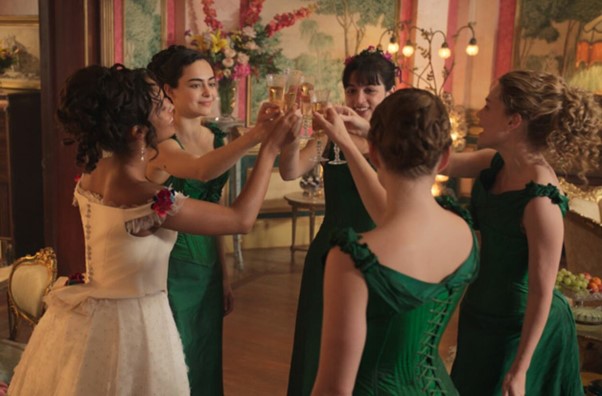
The Buccaneers saluting wealth
The Buccaneers – How does this series go wrong? Let me count the ways. Combine The Bridgerton faux casting which eliminates prejudice from history with the gutting of the critical thrust of its Edith Wharton source and the Sofia Coppolization via its rock soundtrack and jazzy montage in this story about rich New York young women who journey to Britain to marry and preserve decaying British wealth. Add a dose of Gilded Age (the series not the novel) concentration on the wealthy as the only characters in the 19th century with nary an ounce of Henry James’ critical examination of that class on both sides of the Atlantic and you have a series which simply celebrates money and status. Insipidly yours.

